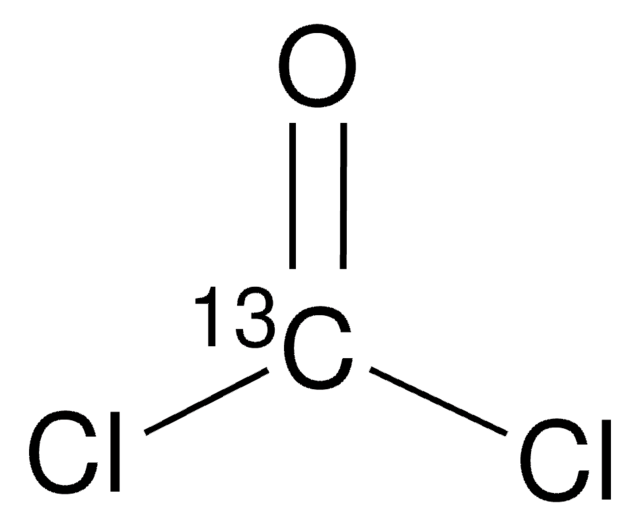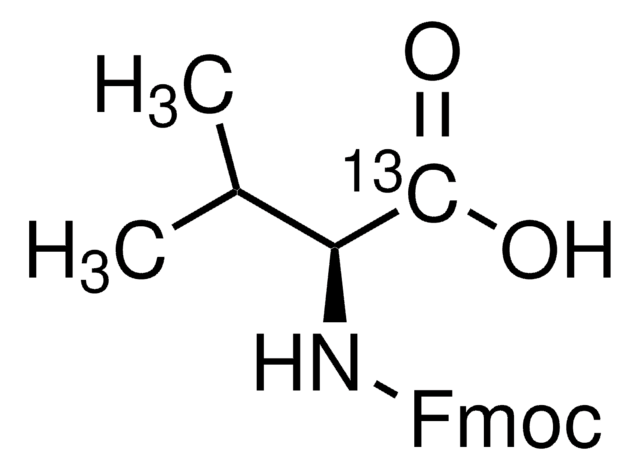Z115746
Aldrich® vacuum-transfer adapter
joint: ST/NS 24/40
Select a Size
1 520 064 KRW
Select a Size
About This Item
1 520 064 KRW
Recommended Products
Joint
joint: ST/NS24/40
stopcock size
4 mm
Looking for similar products? Visit Product Comparison Guide
Related Categories
1 of 4
This Item | 490288 | 296007 | 299154 |
|---|---|---|---|
| technique(s) protein expression: suitable | technique(s) - | technique(s) - | technique(s) protein expression: suitable |
| mass shift M+1 | mass shift M+1 | mass shift - | mass shift M+4 |
| isotopic purity 99 atom % 13C | isotopic purity 98 atom % 15N | isotopic purity 99 atom % 13C, 99 atom % D | isotopic purity ≥99 atom % 13C, ≥99 atom % D |
| Quality Level 200 | Quality Level 200 | Quality Level 200 | Quality Level 200 |
| form solid | form solid | form solid | form powder |
| mp 232-234 °C (lit.) | mp 232-234 °C (lit.) | mp - | mp 284 °C (dec.) (lit.) |
General description
Legal Information
Choose from one of the most recent versions:
Certificates of Analysis (COA)
It looks like we've run into a problem, but you can still download Certificates of Analysis from our Documents section.
If you need assistance, please contact Customer Support
Already Own This Product?
Find documentation for the products that you have recently purchased in the Document Library.
Customers Also Viewed
Articles
Nitroblue Tetrazolium (NBT) is used with the alkaline phosphatase substrate 5-Bromo- 4-Chloro-3-Indolyl Phosphate (BCIP) in western blotting and immunohistological staining procedures. These substrate systems produce an insoluble NBT diformazan end product that is blue to purple in color and can be observed visually.
Our team of scientists has experience in all areas of research including Life Science, Material Science, Chemical Synthesis, Chromatography, Analytical and many others.
Contact Technical Service
















